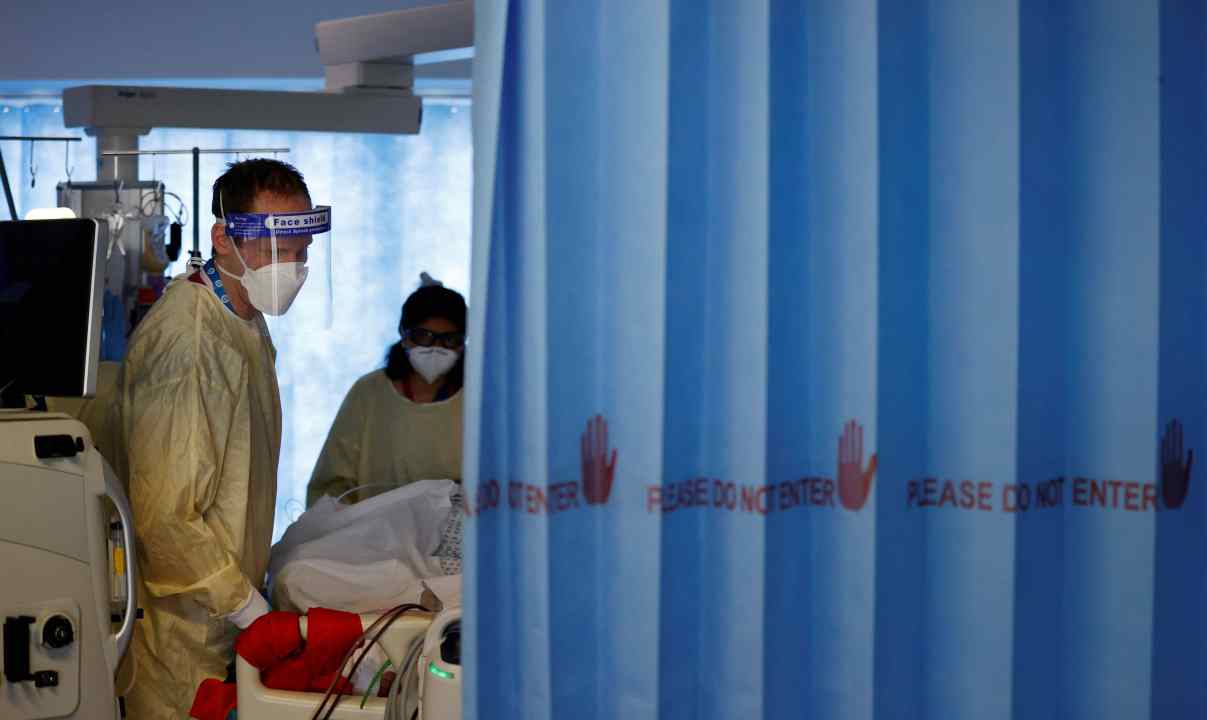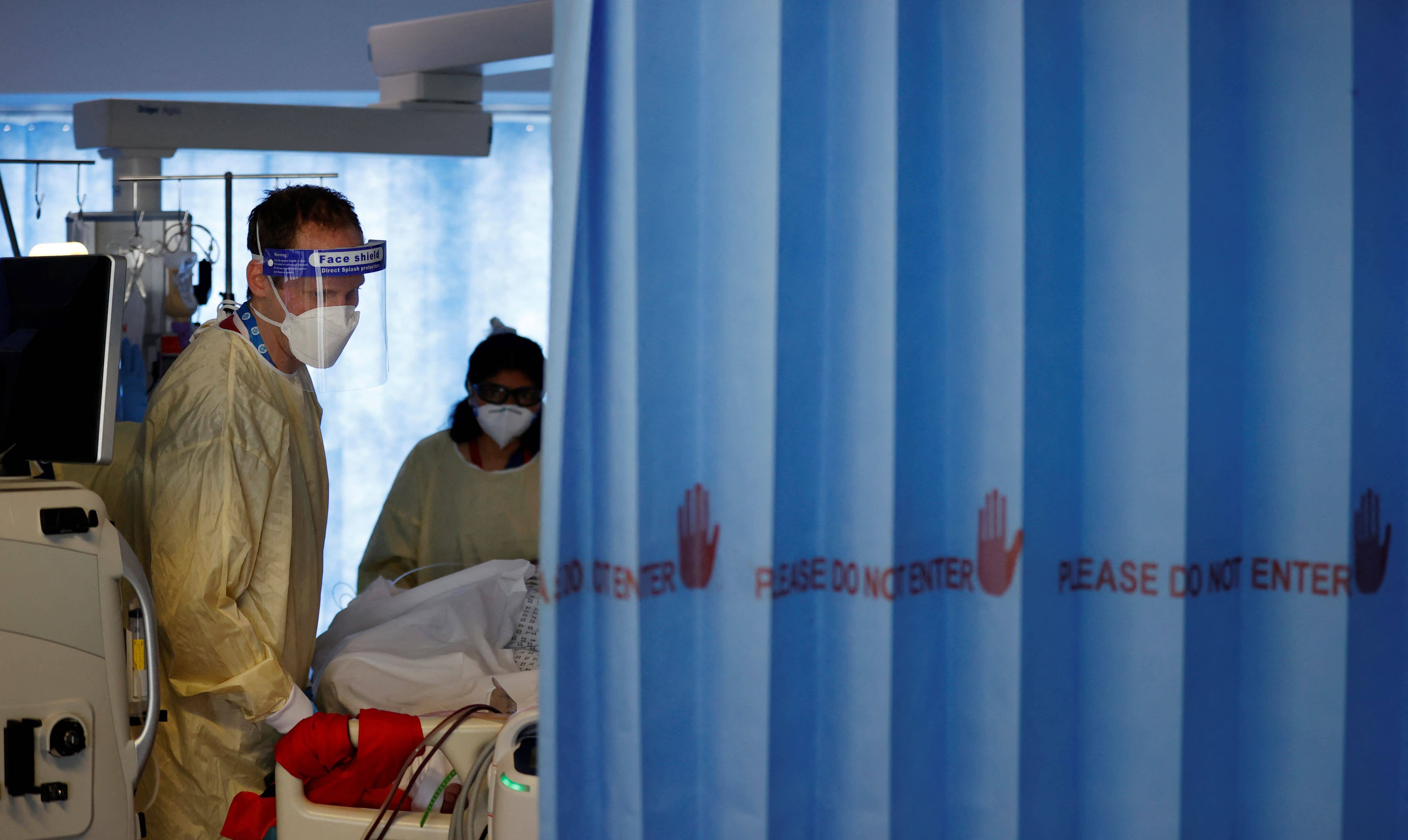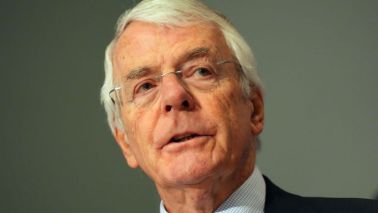Is it time for another lockdown? Matthew Taylor, the chief executive of the NHS Confederation, is urging ministers to implement sweeping ‘plan B’ winter measures, saying that immediate action is required to prevent the NHS ‘stumbling into a crisis’ arguing that ‘we should try to achieve the kind of national mobilisation that we achieved in the first and second waves, where the public went out of their way to support and help the health service.’
Similar arguments were made to justify the first lockdown – with apocalyptic SAGE scenarios suggesting hospitals would be overwhelmed with a need for 138,000 ventilators (vs a supply of 6,800 ventilators) with a potential need for 72,000 ventilators by November. On this duff advice, the government ordered 30,000 ventilators – only to find the usage of ventilators fall sharply during the pandemic. The lockdown logic was faulty: it did not factor in that people had voluntarily hunkered down long before the 23 March order. Rather than fill up, hospitals were emptying fast with 43 per cent of inpatient beds and 42 per cent of ventilator units unused at the 12 April peak of the Covid crisis. The unneeded ventilators ended up being warehoused at an MoD site in Donnington.
The side-effect of lockdown on standard healthcare, meanwhile, was devastating with 7 million missed appointments and a collapse in cancer diagnoses.
But last year, it was very hard to get hold of health data. Now, it’s far easier: so we can test Taylor’s case.
First, let’s look at Covid cases – they are certainly on the rise. But the Spectator’s data hub, updated daily, shows hospital numbers (blue line, below) are pretty stable at about 5 per cent of NHS bed capacity and about a quarter of what they were during the January peak. On New Year’s Eve in England there were 49,510 Covid cases which resulted in 22,728 people in hospital; yesterday there were 36,712 Covid cases but yesterday there were 6,099 people in hospital.
And let’s look at that red line – cases – in a bit more detail. The reason for the massive drop in hospitalisations is due to the vaccinations of the elderly, who are now much less likely to be hospitalised with Covid. Instead, it is the under-20s – a group which was one of the last to receive its vaccinations – who now number the most Covid cases by age group in England.
Rather than being inundated, there are more empty beds in the NHS then there are patients with Covid. And even the latter figure contains patients who are in hospital for reasons other than Covid but either happen to have (or acquired) the virus. Back in January, one in three occupied NHS beds was taken up by a patient with Covid; now the figure is closer to one in twenty.
And yes, of course, this can change. Covid has not lost its capacity to surprise us. We are soon expecting SAGE to produce its latest forecasts, which will doubtless have a scenario showing bleak outcomes for the NHS. But we should set this against Sage’s track record. Yet again daily admissions are currently below even SAGE’s most optimistic scenario, according to modelling drawn up less than six weeks ago.
Before the end of the last lockdown, SAGE also released a bunch of scenarios about what would happen to hospital numbers – and all of them came in higher than the actual. Yet another example of the negativity bias programmed into SAGE.
Even last year, winter deaths were (mercifully) below all four models drawn up for SAGE. The Times today reports warnings from SAGE that its experts are ‘finding it difficult to predict what will happen next, given huge uncertainties about the numbers yet to be vaccinated, how fast immunity wanes and how people will behave over the winter.’
With even Sage is admitting that it’s not so sage, perhaps the sensible thing to do is keep an eye on the data – which you can do daily on The Spectator’s data hub – and see if the situation starts to change. Because as things stand, there is absolutely nothing in NHS caseload or wider figures to warrant a return to the draconian measures so controversially used in previous waves.








Comments